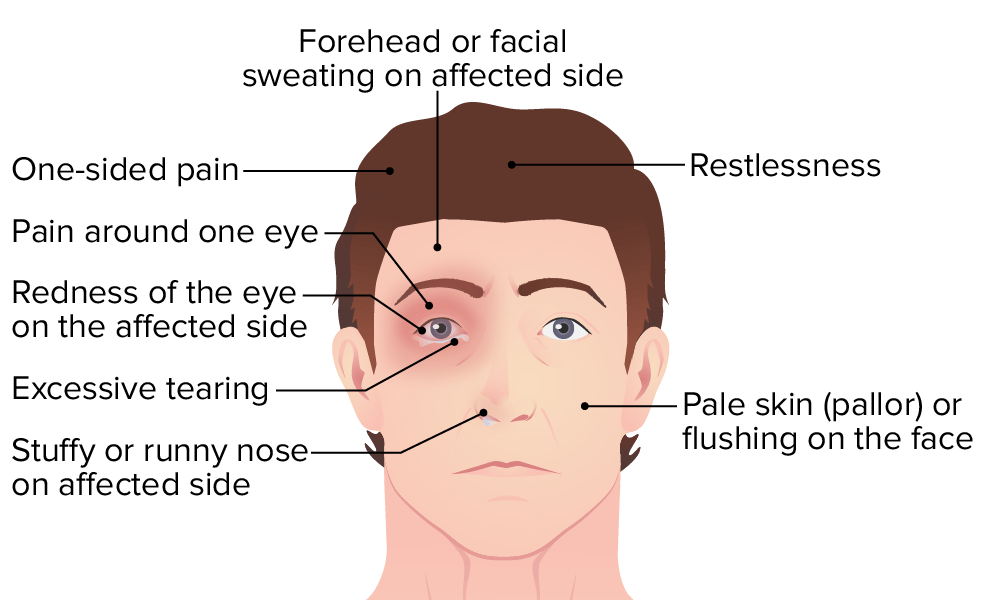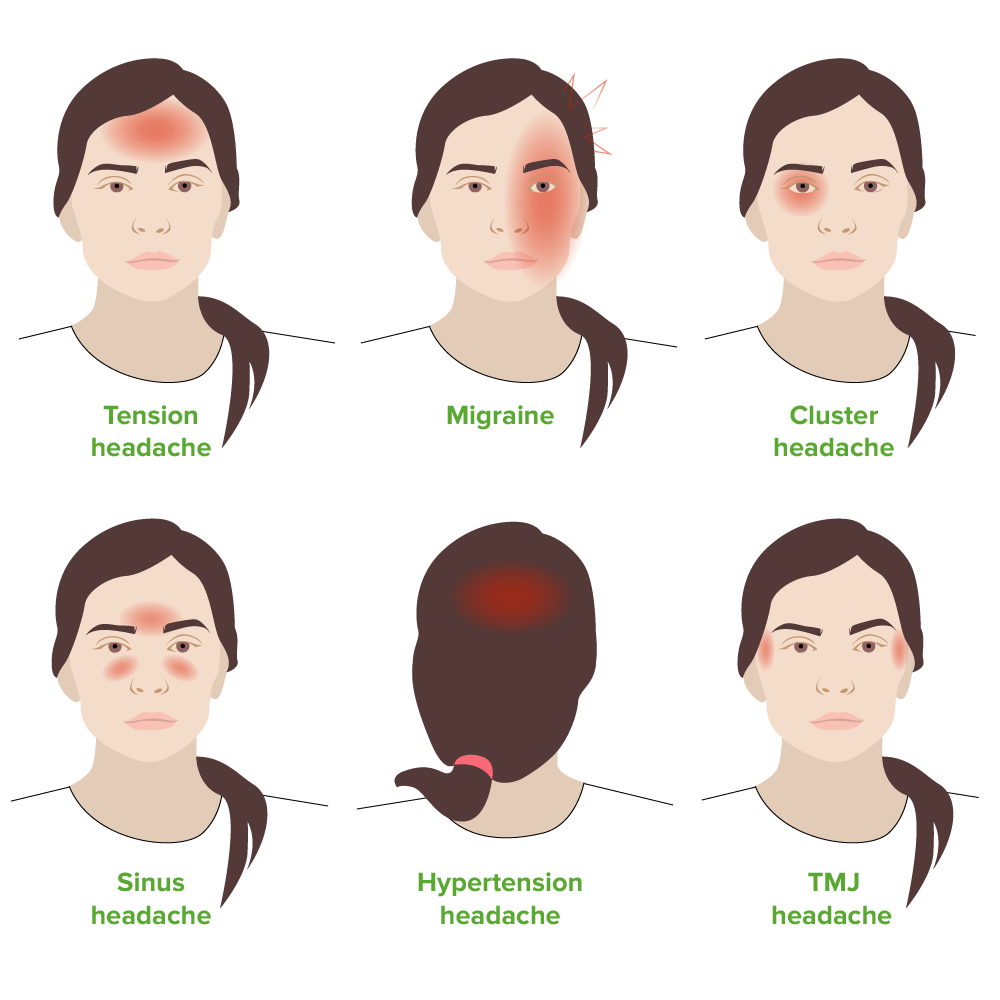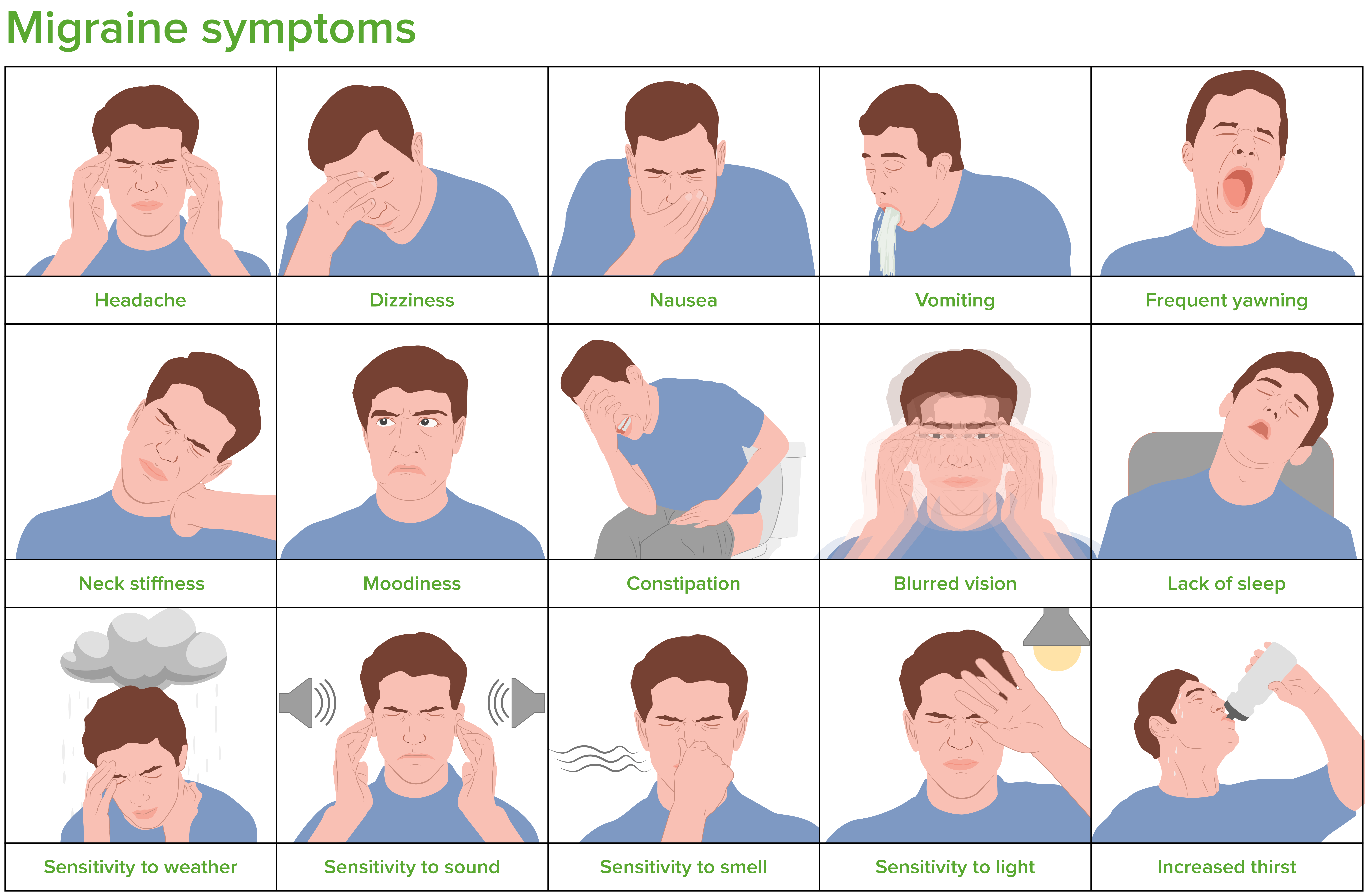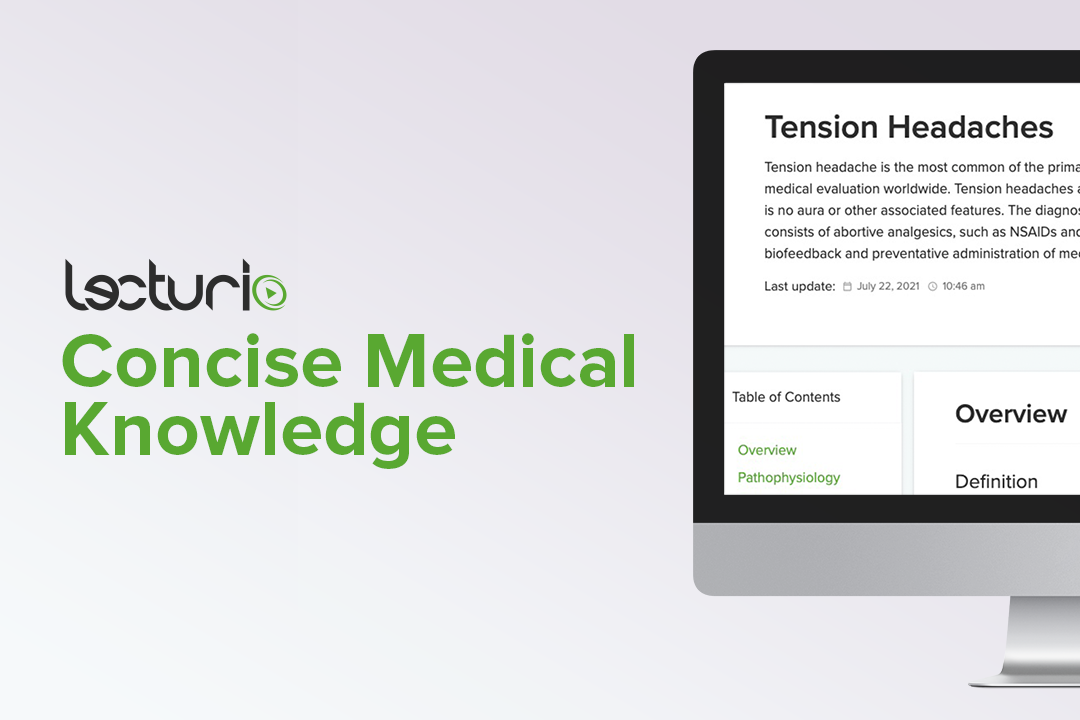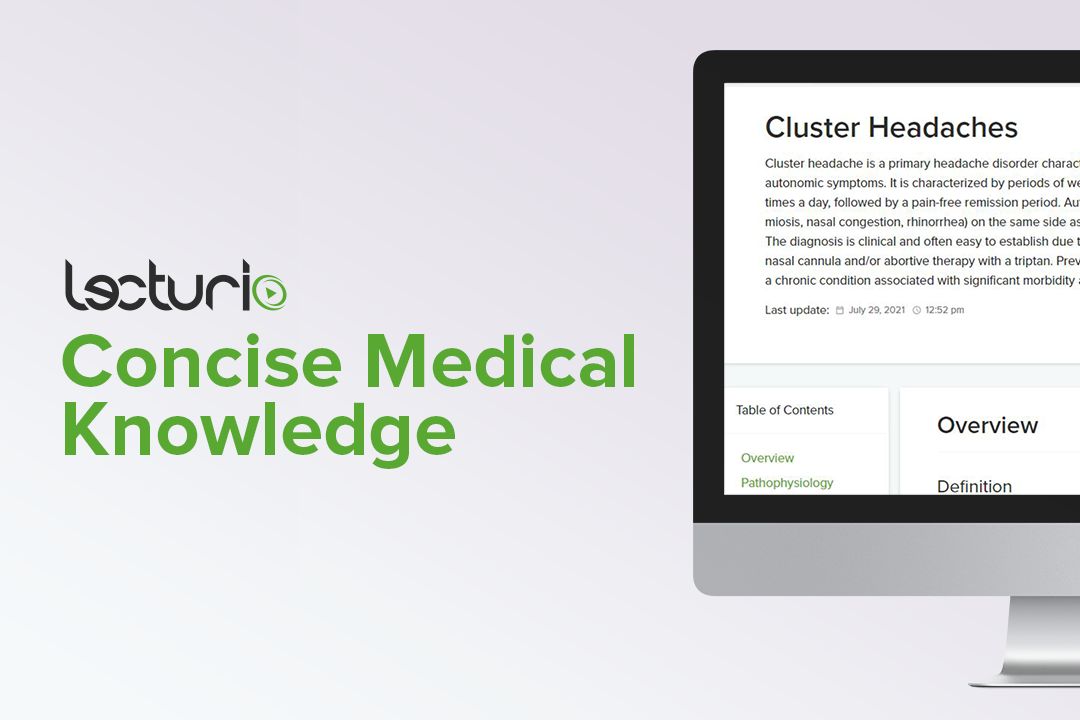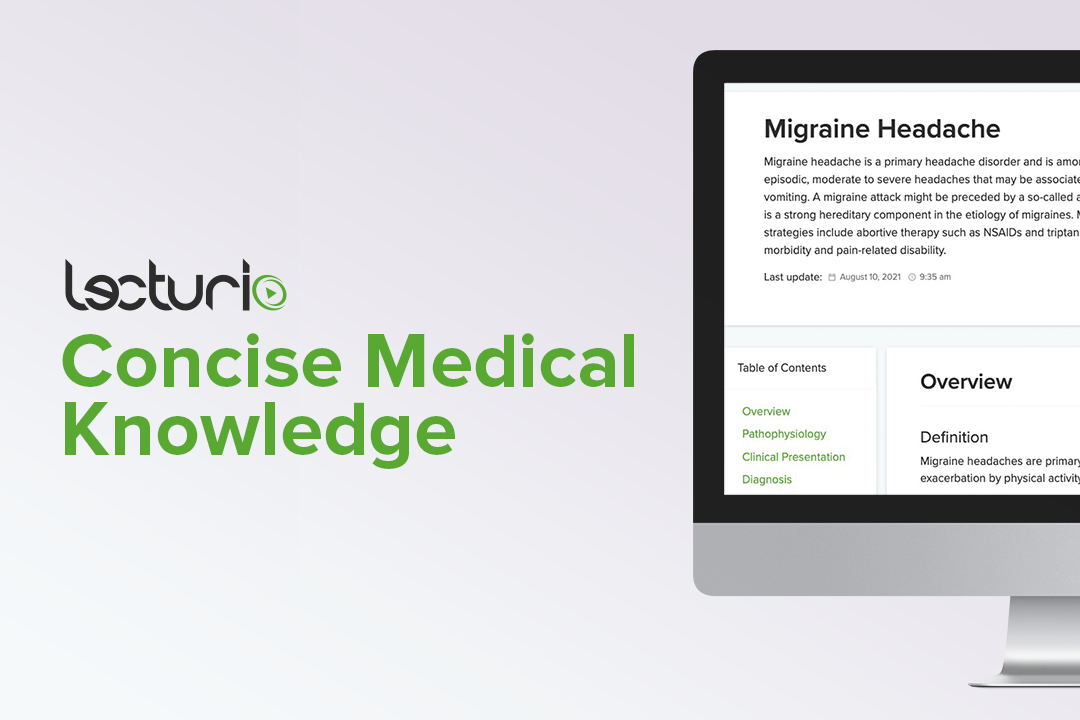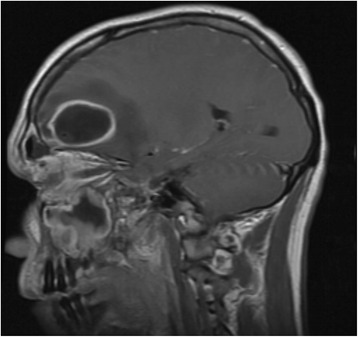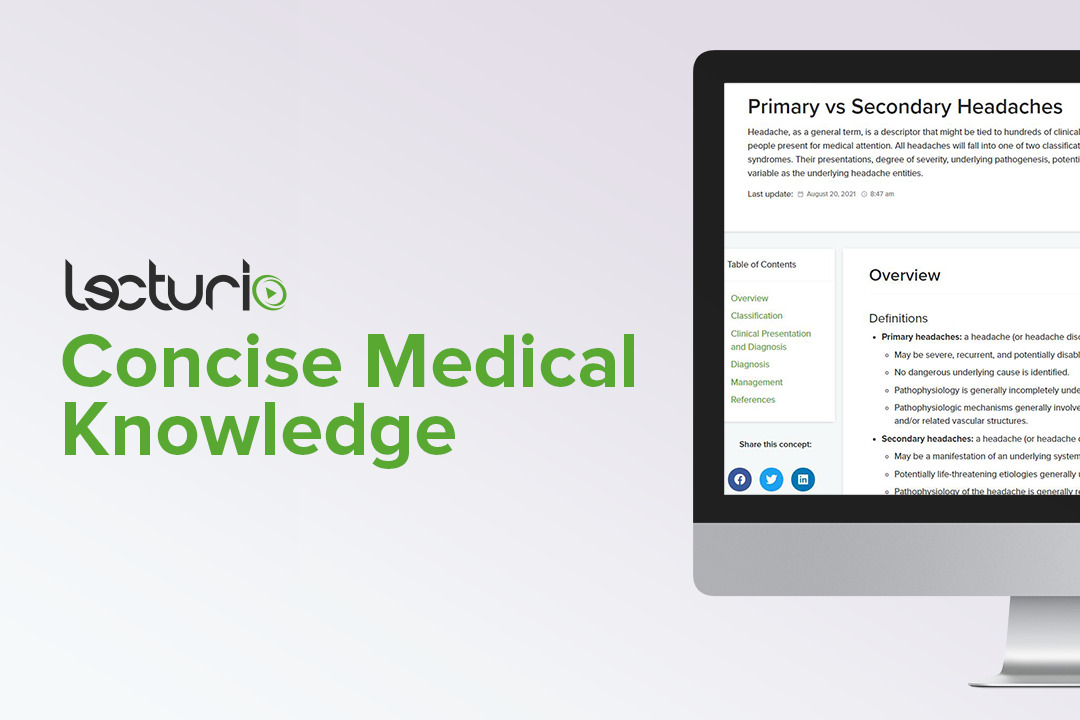Playlist
Show Playlist
Hide Playlist
Indications of Brain Imaging in Headache
-
Slides 08 Headache Neuropathology I.pdf
-
Reference List Pathology.pdf
-
Download Lecture Overview
00:00 Imaging. So under the guidelines, new onset headache in patients over 40, headache with abnormal neurologic exam. 00:11 The CT of the head useful in the ER situation. 00:13 Sensitive to blood if subarachnoid hemorrhage is suspected and can rule out mass effect prior to lumbar puncture. 00:22 Remember please, that before you do any type of lumbar puncture you need to make sure that that increase intracranial pressure if it exists, is properly managed, in fact, whenever there is increase pressure anywhere in the body, you need to make sure that it’s addressed properly. 00:38 Brain imaging is indicated when the patient meets any of the I WARN P criteria. 00:43 The I stands for incapacitating headache. W for worst headache in patient’s life; A, abrupt onset; the R for recent onset in a patient older than 40 years of age; N, new onset of nocturnal headaches; and finally P stands for any of the P symptoms that include papilloedema, pattern change in headache, posttraumatic headache, positional headache, pituitary dysfunction, a pressure in eye elevated, pressure of blood elevated and pressure inter-cranially elevated. 01:22 MRI brain without contrast. 01:27 Study of choice if imaging is indicated to rule out tumors or masses, but definitely not as sensitive to blood as a CT is, cuz once again, if you're worried about or suspecting subarachnoid hemorrhage, there the imaging study that will be preferred will be CT.
About the Lecture
The lecture Indications of Brain Imaging in Headache by Carlo Raj, MD is from the course Headache – Pathophysiology.
Included Quiz Questions
What imaging study is the most appropriate previous to lumbar puncture in a patient with an initial diagnosis of meningitis?
- Computed tomography scan
- Ventilation-perfusion scan
- Magnetic resonance imaging
- X-ray
- Ultrasound
Customer reviews
5,0 of 5 stars
| 5 Stars |
|
5 |
| 4 Stars |
|
0 |
| 3 Stars |
|
0 |
| 2 Stars |
|
0 |
| 1 Star |
|
0 |

